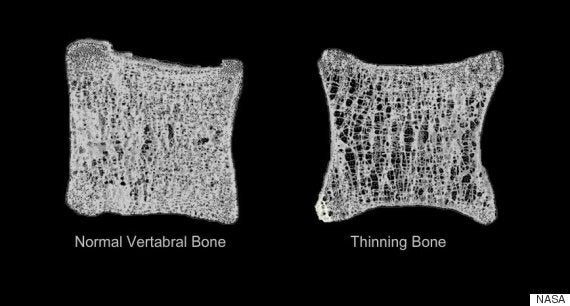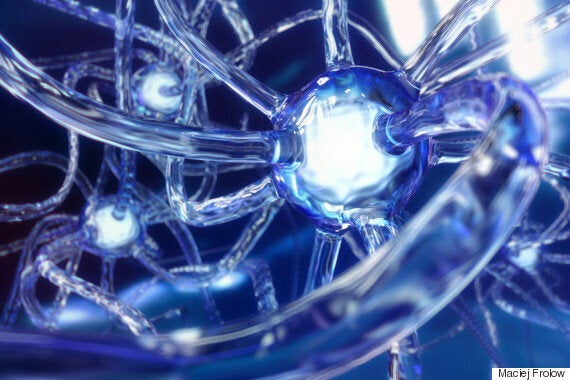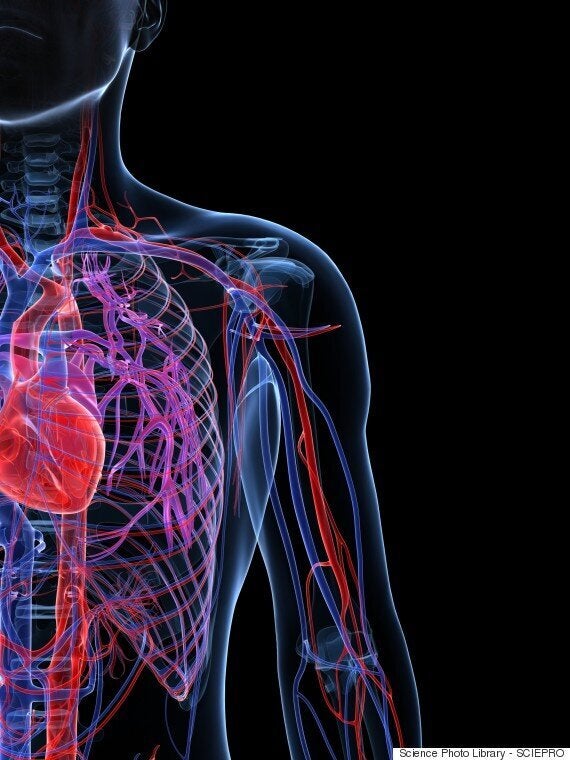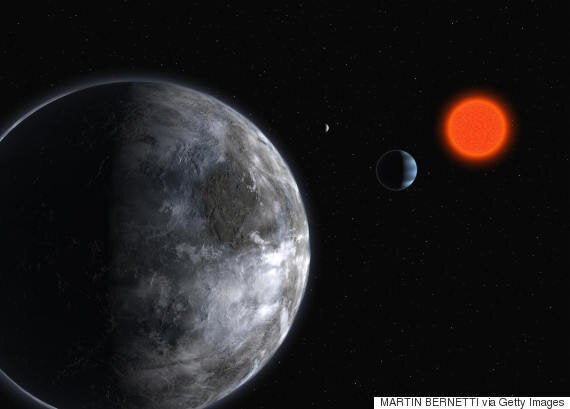As the countdown to Timothy Peake's blast off to the International Space Station continues, few will count the mission's biological cost to the astronaut's body.
During the six-month long mission, Peake's anatomy and physiology will undergo several changes as outlined by NASA.
SEE ALSO:
- Tim Peake: Who Is He? When Is The Launch? What Is His Mission Aboard The International Space Station?
- Tim Peake: How Life Will Change For The British Astronaut Once Aboard The ISS
- British Astronaut Major Timothy Peake Confirmed For Space Station Mission (PICTURES) (VIDEO)
- Chris Hadfield Vs Tim Peake: Who WIll Win The Astronaut Twitter Battle?
Bone fractures:

Changes to the bone after being exposed to microgravity
Exposure to reduced gravity, causes bone loss and increased loss of bone minerals. While in space, the skeletal system supports almost zero weight and the body is no longer subject to the same types of movement as experienced on earth. As time goes on, calcium normally stored in the body is broken down and released into the blood, which causes the drop in density. This increases the chances of a bone fracture.
This process begins after the first few days in space, with the most severe loss happening between the second and the fifth month. According to NASA most astronauts regain the most but not all of their bone mass once they return to earth.
Disorientation:

The Neurovestibular system
Prolonged time in space influences the part of the body that helps us keep our balance and orientation. The Neurovestibular system, is a series of nerve-brain connections that help us figure out which way is up and down. According the Scientific American, the influence microgravity has on this system, reduces astronauts' coordination as well as causing them to have problems standing up, walking and turning.
Fainting:

The flow of liquid towards the upper body
Soon after launch, the body's fluids move towards the head, causing the total volume of blood in the body to decrease. According to NASA, this may result in a temporarily low blood pressure, which could cause astronauts to faint.
Radiation:

Exposure to galactic cosmic rays or solar particle events can causes several side effects
Space radiation contains charged particles such as ions that can trigger cancer and degenerative diseases.
Shrinking muscle fibres:

Muscle fibre length changes
Muscle mass and strength decreases when astronauts are exposed to reduced gravity, according to NASA. This essentially leaves individuals weaker and less coordinated.